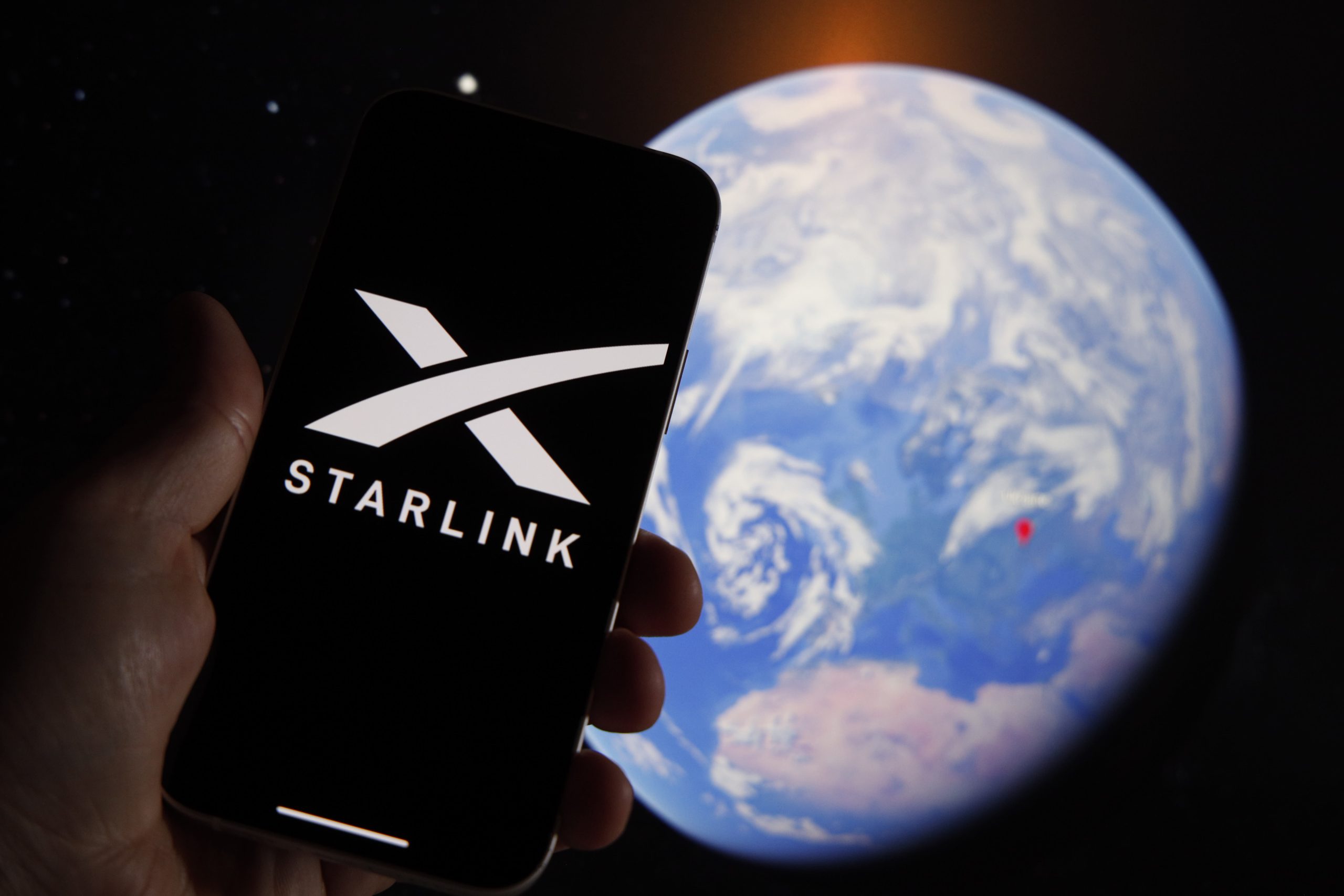Business
How to invest in Starlink?

Starlink, a satellite internet constellation project developed by SpaceX, aims to provide high-speed internet access to underserved areas across the globe. As the project gains momentum and attracts significant attention, many investors are keen to explore opportunities to invest in Starlink.
This article provides a comprehensive guide on how to invest in Starlink, covering the current investment landscape, potential avenues, and key considerations for prospective investors.
Understanding Starlink
Starlink is a satellite internet constellation being constructed by SpaceX, the aerospace company founded by Elon Musk. The project involves deploying thousands of small satellites into low Earth orbit (LEO) to create a network capable of delivering high-speed internet to remote and rural areas worldwide.
The goal is to bridge the digital divide and provide reliable internet access where traditional infrastructure is lacking.
Current status and future prospects
As of now, Starlink has launched over 1,500 satellites and begun offering beta services in select regions. The project is expected to grow significantly, with plans to expand coverage and improve network performance.
The long-term vision includes launching up to 42,000 satellites, making it one of the largest satellite constellations ever conceived.
How to invest in Starlink?
Currently, Starlink is not a publicly traded company, which means direct investment opportunities are limited. Starlink is a division of SpaceX, and SpaceX itself is a private company. Therefore, direct investment in Starlink would typically require investing in SpaceX.
Investing in SpaceX
To invest in Starlink indirectly, investors need to consider investing in SpaceX. However, investing in SpaceX can be challenging due to its private status. Here are some ways to gain exposure:
- Private equity: Accredited investors may have opportunities to invest in SpaceX through private equity firms or venture capital funds that hold SpaceX shares. These investment opportunities are often restricted to high-net-worth individuals and institutional investors.
- Secondary markets: Occasionally, SpaceX shares may become available on secondary markets, where existing shareholders sell their stakes. Platforms like EquityZen and Forge facilitate such transactions, but access is typically limited to accredited investors.
Public market alternatives
While direct investment in Starlink is not currently possible, investors can gain indirect exposure by investing in publicly traded companies involved in the satellite and space industry.
These companies may benefit from the growth and success of Starlink. Some notable examples include:
- Iridium Communications (IRDM): A global satellite communications company providing voice and data services worldwide.
- Viasat Inc. (VSAT): A communications company that offers high-speed satellite broadband services.
- Maxar Technologies (MAXR): A company specializing in satellite imagery and space infrastructure.
Investing in Space ETFs
Exchange-traded funds (ETFs) focused on the space industry provide another avenue for indirect investment in Starlink. These ETFs include a diversified portfolio of companies involved in satellite technology, space exploration, and related fields. Some popular space ETFs include:
- ARK Space Exploration & Innovation ETF (ARKX): Managed by ARK Invest, this ETF focuses on companies engaged in space exploration and innovation.
- Procure Space ETF (UFO): This ETF invests in companies involved in satellite and space-related businesses.
Evaluating investment risks
When considering how to invest in Starlink, it’s essential to evaluate the potential risks involved. Market competition, regulatory challenges, and the financial viability of the project are key factors that could impact the success of your investment.
Market competition
The satellite internet market is becoming increasingly competitive, with several companies vying for a share. Competitors such as OneWeb, Amazon’s Project Kuiper, and Telesat are developing similar satellite constellations. The competitive landscape could impact Starlink’s market share and profitability.
Regulatory and technical challenges
Launching and maintaining a large satellite constellation involves significant regulatory and technical challenges. Issues such as spectrum allocation, space debris management, and network reliability must be addressed to ensure the project’s success.
Financial viability
The financial viability of Starlink depends on its ability to generate sufficient revenue to cover the substantial costs associated with satellite deployment and maintenance. Investors should consider the potential for profitability and return on investment.
Staying informed and making informed decisions
Staying informed about the latest developments in SpaceX and Starlink is crucial for making well-informed investment decisions. Regularly monitoring industry news, updates, and expert analyses can help investors understand the project’s progress and identify potential opportunities.
Monitoring SpaceX and Starlink developments
Keeping abreast of SpaceX and Starlink developments is crucial for making informed investment decisions. Follow news updates, press releases, and industry reports to stay informed about the project’s progress and any potential investment opportunities.
Consulting financial advisors
Investing in the space industry and satellite technology can be complex and involves significant risks. Consulting with financial advisors who specialize in these sectors can provide valuable insights and help tailor investment strategies to individual risk tolerance and financial goals.
Final thoughts
Investing in Starlink presents unique challenges and opportunities. While direct investment in Starlink is not currently possible, investors can gain indirect exposure through SpaceX, related public companies, and space-focused ETFs. Understanding the project’s potential, evaluating associated risks, and staying informed about industry developments are essential steps for prospective investors.
As the satellite internet industry continues to evolve, Starlink’s success could offer significant returns for those who navigate the investment landscape wisely. Also, here are some similar articles that you might find useful:
